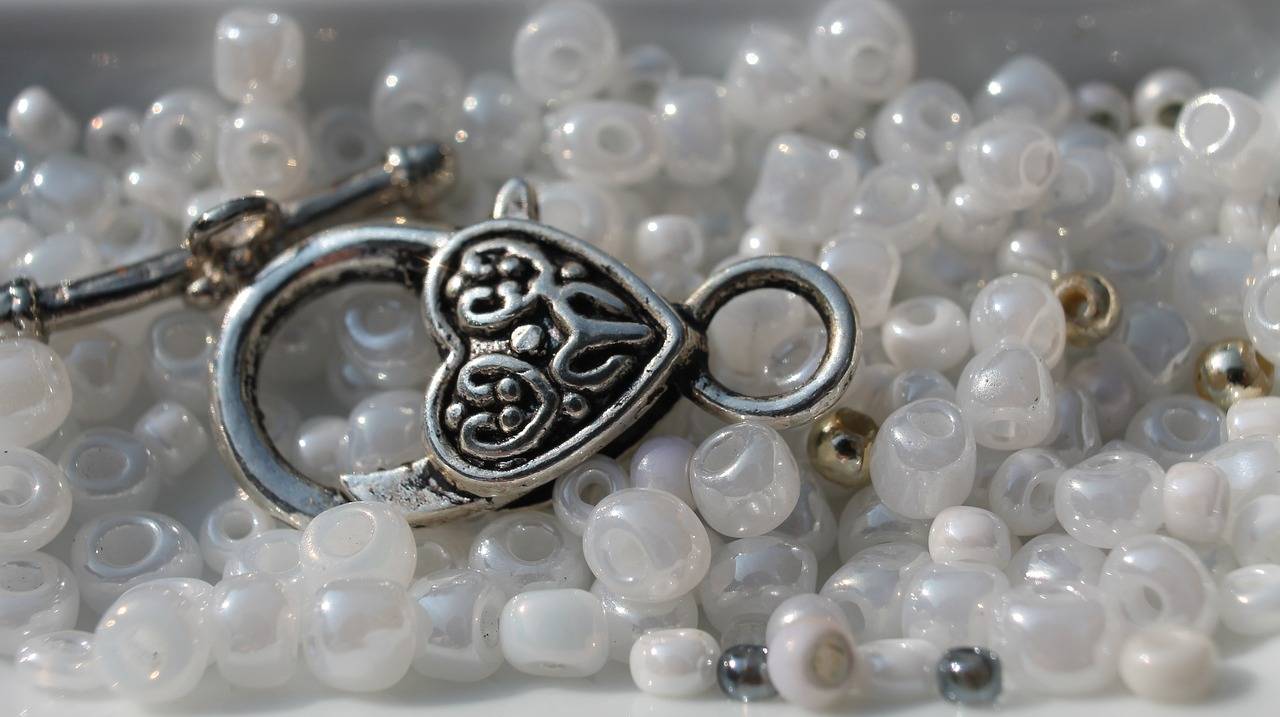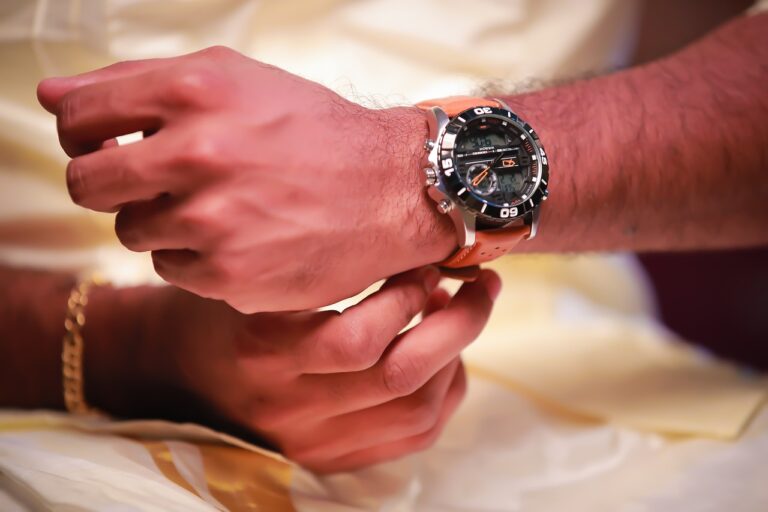Fashion and Literature: Historical Fashion References in Books
Fashion has long been intertwined with literature, serving as a vivid reflection of societal norms and cultural values. In works such as Jane Austen’s “Pride and Prejudice,” intricate descriptions of Regency era attire offer readers a glimpse into the fashion trends of the time. From high-waisted empire gowns to ornate bonnets and delicate gloves, Austen’s detailed depictions of clothing provide a rich visual tapestry that enhances the storytelling.
Similarly, the novels of the Brontë sisters, such as “Jane Eyre” and “Wuthering Heights,” feature descriptions of Victorian era fashion that underscore the characters’ social status and personalities. The long, flowing skirts of the period, paired with structured bodices and lace accents, serve as symbolic markers of femininity and class distinctions within the narratives. Through these references to historical fashion, authors not only transport readers to different time periods but also imbue their characters with depth and complexity through their sartorial choices.
Jane Austen’s Regency Era Fashion
During the Regency era, fashion played a vital role in defining one’s social status and personality. Women’s fashion was characterized by empire waistlines, long flowing skirts, and delicate fabrics such as muslin and silk. Bonnets and gloves were essential accessories that completed the elegant and modest look of the period.
Men’s fashion of the Regency era was influenced by the dandy style, with tailcoats, waistcoats, and cravats being staple pieces in their wardrobe. The tailoring was precise and the use of high-quality fabrics such as wool and silk added a sense of sophistication to their attire. Additionally, top hats and walking sticks were popular accessories that completed the dapper and refined look of men during this time.
What were some common fashion trends during the Regency era?
Some common fashion trends during the Regency era included high-waisted empire style dresses, delicate fabrics like muslin and silk, and accessories such as gloves, bonnets, and parasols.
How did Jane Austen’s characters in her novels reflect the fashion of the Regency era?
Jane Austen’s characters in her novels often wore clothing that was typical of the Regency era, such as empire style dresses and bonnets. The descriptions of their attire provide insight into the fashion of the time.
Did Jane Austen herself have a particular fashion sense?
While there is not much information available about Jane Austen’s personal fashion sense, her novels do provide a glimpse into the fashion of the Regency era. She likely would have been familiar with and influenced by the fashion trends of her time.
How did social class impact fashion during the Regency era?
Social class had a significant impact on fashion during the Regency era. Wealthy individuals could afford luxurious fabrics and elaborate clothing, while those of lower social classes had to make do with simpler garments. This class distinction is often reflected in Jane Austen’s novels.
Were there any specific rules or etiquette regarding fashion during the Regency era?
Yes, there were specific rules and etiquette regarding fashion during the Regency era. For example, certain colors and fabrics were considered appropriate for different occasions, and there were guidelines on how to dress according to one’s social standing. Jane Austen’s novels often touch upon these societal expectations surrounding fashion.





